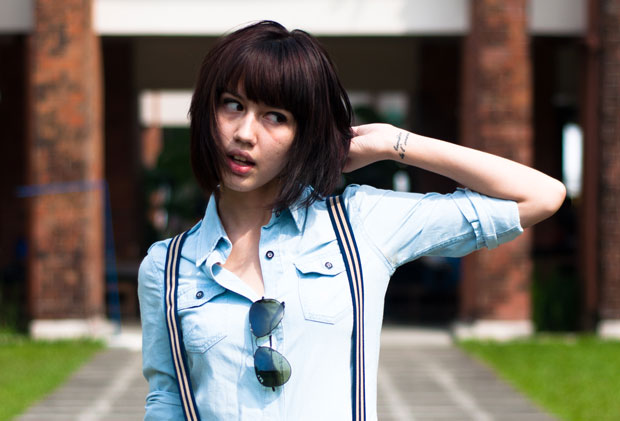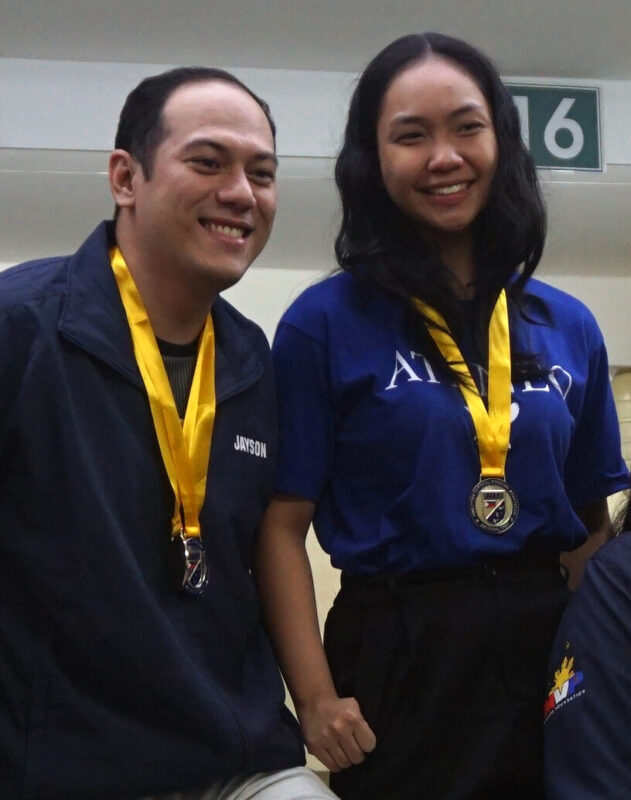Simply put, the Girl Next Door is normal. She can be anyone on the street, in school, or even right next door—hence, the name. In the Philippines, most leading ladies embody the Girl Next Door: gentle and likable to the point that some accuse her of being predictable and boring.
Yet while it may seem that this standard has remained stagnant, the Girl Next Door is constantly being redefined.
Redefining normalcy
The Girl Next Door archetype has been around for as long as anyone can remember. Betty Cooper from Archie Comics was the quintessential girl next door—a blonde, blue-eyed high school student. She was smart, domesticated and able to adapt to the changing social landscape. The 1960s transformed her into a sports maven; the 80s saw her as an amateur mechanic with a string of part-time jobs, portraying an independent woman with no need for a man.
The defining factor of the Girl Next Door was her easygoing, friendly nature. Her approachability endeared her to audiences, who in turn rooted for her and her happily ever after. Case in point: when the comic Archie Marries Veronica: The Proposal was released in 2009, fans insisted that the humble, lovable Betty was the ideal girl for Archie and not the glamorous, vindictive Veronica.
Romantic plots aside, the Cinderella story is also a staple of the Girl Next Door trope. In the early days of her career, Nora Aunor was a local Girl Next Door, going from selling water at a gas station to being one of the 10 Asian Best Actresses of the Decade. A modern and international parallel to Aunor’s success story is Taylor Swift’s, who went from being bullied to being a pop star.
To this day, both maintain their relatable, accessible image: throughout her illustrious career, Aunor rarely played the spiteful contrabida, while Swift’s current songs follow her first album’s trend of teenage love and heartbreak.
Back to Rizal
In the Philippines, the Girl Next Door archetype is more known as the Maria Clara, the ideal inspired by Crisostomo Ibarra’s love interest in Jose Rizal’s Noli Me Tangere.
English Department faculty member Louie Sanchez points out that each culture has a different concept of the ideal girl. “The ‘average’ Filipina girl in Philippine popular culture is basically lower to middle class and waiting for her ‘Prince Charming,’” he says.
This can be seen in most teleseryes, where the female lead is often a poor yet kindhearted girl being pursued by a rich, handsome man. Often, she is naive and blinded by love, like the titular character from the drama Marimar.
But unlike Betty Cooper, whose persona has changed with the times, Maria Clara remains the same, putting on different outfits for the same role. “Depictions of the female in the Philippines are either a reiteration of the Maria Clara or a subversion of it,” explains Sanchez. Meekness and a Cinderella story are fundamental characterizations to this day.
These criteria but cross over to real life as well. Whether by nature or through the efforts of their networks, stars like Kim Chiu and Sarah Geronimo are seen as real-life Maria Claras and are idolized by the masses for their unblemished public images.
Loyola Film Circle president Gael Gatbonton, however, argues that the changing of the times have brought about more strong-willed Girls Next Door. While still underdogs, Gatbonton characterizes the emerging Girl Next Door as a more independent Filipina. “[They’re] normal working women,” he says, citing architect Basha (Bea Alonzo) from the film One More Chance as an example.
It’s complicated
Recently, a new ideal has emerged—a midpoint between the traditional good girl and the hard-to-get femme fatale. This ideal is built on contradictions: approachable yet fickle, childlike yet aware of her sexuality, beautiful but awkward.
After seeing the movie Elizabethtown, film critic Nathan Rabin coined the term “Manic Pixie Dream Girl” to describe the female protagonist, Claire (Kirsten Dunst), who charms Drew Baylor (Orlando Bloom) into forgetting suicide and falling for her. Rabin further defined Claire as a “bubbly, shallow cinematic creature” who “exists solely in the fevered imaginations of sensitive writer-directors to teach broodingly soulful young men to embrace life and its infinite mysteries and adventures.”
Rabin may have coined this term in 2007, but the Manic Pixie has been around since the time of Holly Golightly from Breakfast at Tiffany’s. She’s also embodied by several Koreanovela heroines, like the titular My Sassy Girl and Eun Chan from Coffee Prince, whose gender-bending masquerade is similar to that of Jade (Kim Chiu) in My Binondo Girl.
Often seen as the real life Manic Pixie, actress Zooey Deschanel has made a career out of portraying quirky female leads. Her most notable roles are as Summer Finn in 500 Days of Summer and as Jess Day in the TV show New Girl.
Both are complicated-yet-uncomplicated girls whose emotional detachment, combined with a passion for niche/geek, makes them appealing to their male peers. “A lot of girls are trying to pry away from the Girl Next Door label,” explains Gatbonton, “because they want to be different and cool, as if to say ‘I’m not your ordinary girl.’”
But despite her popularity among audiences, there are those who complain that the Manic Pixie is no more than a fantasy-fulfillment character. In fact, Rabin’s own definition of the trope stemmed from his dislike of Dunst’s character.
Then again, Nick Prigge of Anomalous Material argued that unrealistically dreamy male characters exist as well—just because they don’t exist in the real world, he said, doesn’t mean we should stop ourselves from enjoying them in a make-believe one.
Changing outfits
As is the case is with all media, audiences are already looking for the next big thing. However, the lasting appeal of the Girl Next Door lies in her ability to resonate with audiences. Despite her evolution from innocent maiden to quirky charmer, the Girl Next Door still has the qualities that first endeared her to audiences: likability, sweetness, and never-ending optimism.
The question is: who will she be next?









